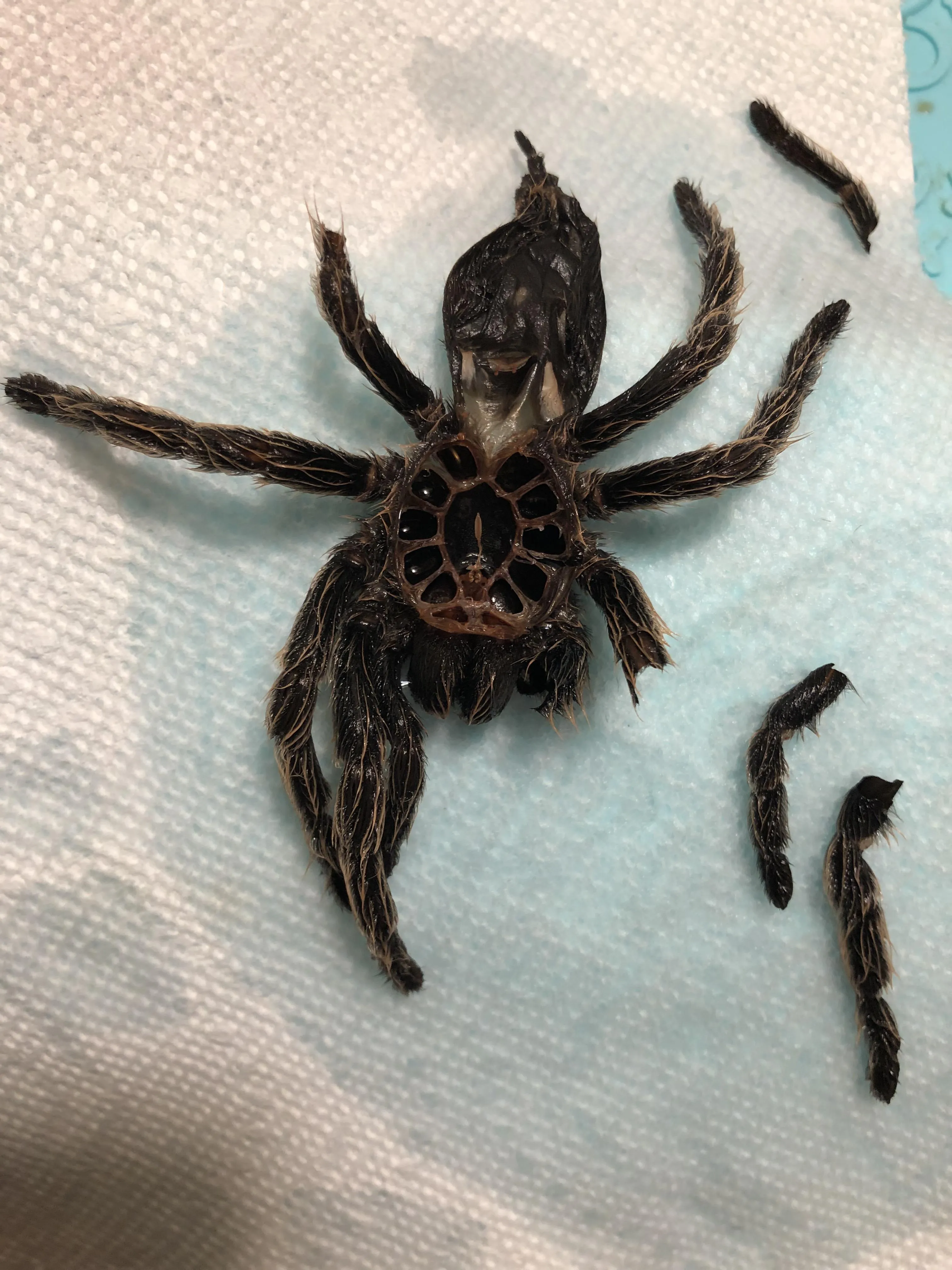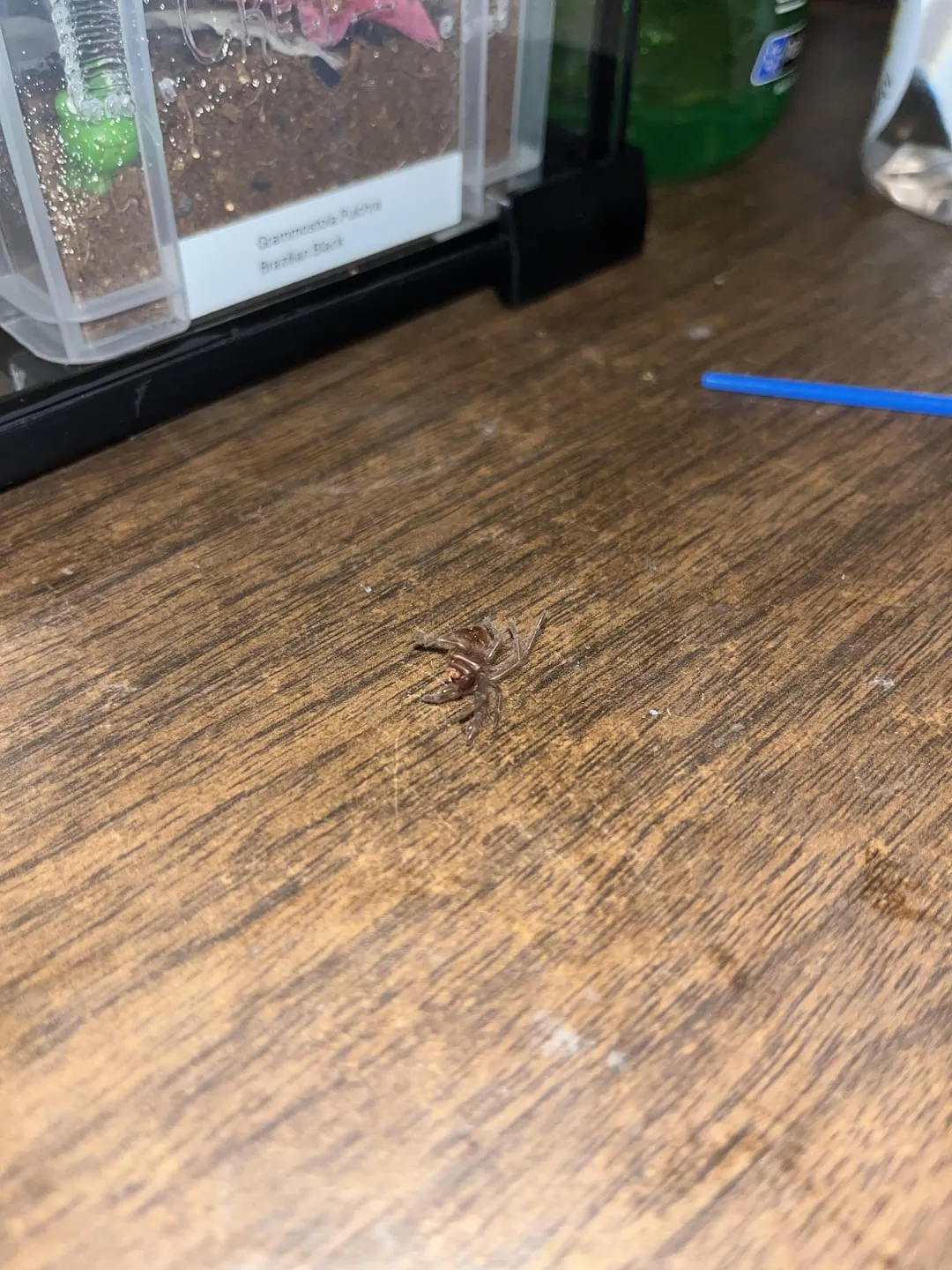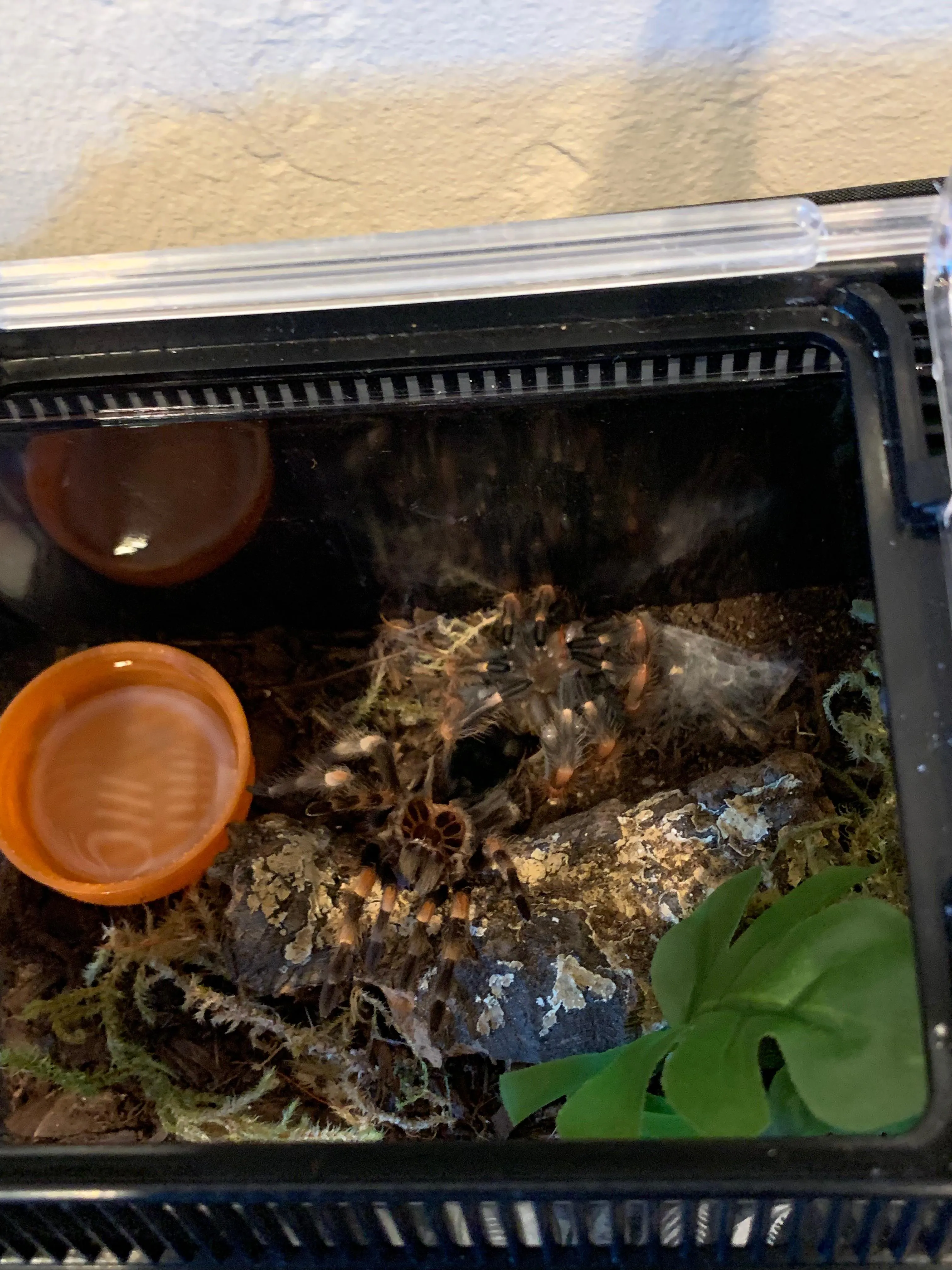Tarantula Carapace Molt Top 5 Facts
The tarantula carapace molt is a fascinating and essential process for these amazing creatures. As tarantulas grow, their hard exoskeletons, or carapaces, become restrictive. Molting allows them to shed this old exoskeleton and reveal a new, larger one underneath. This process is vital for growth, overall health, and the regeneration of lost limbs. It’s a remarkable display of nature’s ingenuity and a key aspect of tarantula care. Understanding the molting process is crucial for any tarantula owner, ensuring they can provide the best possible environment and care during this vulnerable time.
What is a Tarantula Carapace Molt?
The tarantula carapace molt is the process by which a tarantula sheds its outer layer, or exoskeleton. This exoskeleton, which includes the carapace (the top shell) and all other external structures, doesn’t grow. Instead, the tarantula grows within this shell. As the tarantula increases in size, the exoskeleton becomes too small and restrictive. The molting process involves the tarantula creating a new, larger exoskeleton beneath the old one and then shedding the old one entirely. This leaves the tarantula soft and vulnerable for a period before the new exoskeleton hardens. This process is a sign of a healthy, growing tarantula.
Why Do Tarantulas Molt?

Molting serves multiple critical functions for tarantulas. Primarily, it allows them to grow. The exoskeleton doesn’t expand, so molting is the only way for the tarantula to increase in size. Molting also enables tarantulas to regenerate lost limbs. If a tarantula loses a leg, for instance, during a molt, it can regrow it. This remarkable ability is a key adaptation for survival. Furthermore, molting removes parasites and other debris that may have accumulated on the exoskeleton. It essentially gives the tarantula a fresh start, improving its health and overall well-being. The molting process is therefore crucial for a tarantula’s survival.
The Process of Molting
Molting is a complex and energy-intensive process. It begins with the formation of a new exoskeleton underneath the old one. The tarantula will then cease feeding and become less active as it prepares for the molt. The tarantula will typically flip onto its back, a position that allows it to extract itself from the old exoskeleton. The old exoskeleton splits along the carapace, and the tarantula slowly pulls itself out. The process can take anywhere from a few minutes to several hours, depending on the tarantula’s size and the conditions in its enclosure. Once the molt is complete, the tarantula is extremely vulnerable, with a soft, new exoskeleton that takes time to harden. During this period, it’s crucial to provide a safe and undisturbed environment.
Signs Your Tarantula is About to Molt
Fact 1 Recognize the signs

There are several telltale signs that your tarantula is preparing to molt. The most common sign is a change in behavior. Your tarantula may become less active, stop eating, and may even seal itself in its burrow or hide. The abdomen may appear dark and swollen. Additionally, you might notice a change in the color of the exoskeleton; it may appear duller or have a different texture. Observe your tarantula closely and monitor for these signs. Being aware of the pre-molt behavior is vital for providing the correct care and minimizing any stress during this sensitive time. Recognizing these signs allows you to adjust your care routine accordingly.
Fact 2 Prepare the enclosure
Once you recognize the signs of an impending molt, it’s crucial to prepare the tarantula’s enclosure. Ensure the enclosure is clean and free of any potential hazards, such as sharp objects or loose substrate that could harm the tarantula during the molting process. If your tarantula has water dish, make sure it’s shallow or remove it to prevent the tarantula from drowning. Maintain appropriate humidity levels, as this helps the tarantula successfully shed its old exoskeleton. Avoid disturbing the tarantula during the molting process. Providing a safe and stable environment significantly increases the chances of a successful molt. This proactive preparation can have a big impact on the tarantula’s well-being.
Fact 3 Do not disturb
One of the most important things to remember during a tarantula’s molt is to avoid disturbing it. Keep noise and vibrations to a minimum and avoid handling the tarantula. Stress can disrupt the molting process and potentially harm the tarantula. Do not attempt to assist the tarantula unless absolutely necessary, such as if it appears to be stuck. Even then, seek expert advice before intervening. Providing a quiet, undisturbed environment is crucial. Patience is key; let the tarantula go through the process at its own pace. Your primary role is to observe and ensure the enclosure conditions are optimal for the molt.
Fact 4 Feeding after molting

After a successful molt, the tarantula will be very vulnerable. The new exoskeleton needs time to harden. Do not attempt to feed your tarantula immediately after molting; wait at least a week or until the fangs have hardened. Once you are sure the fangs are hard, you can offer a small, easily manageable meal, such as a single cricket or dubia roach. Start with small portions and gradually increase the size as the tarantula’s exoskeleton hardens further. Ensure that the food is readily available. Overfeeding can lead to complications, so moderation is key. Monitoring your tarantula’s appetite and carefully controlling the size of meals will help you keep your pet healthy.
Fact 5 Enjoy the new Tarantula
A newly molted tarantula is a sight to behold. Observe the vibrant colors of its new exoskeleton. Molting also offers a great chance to check the condition of your tarantula. You can check the condition of its fangs, eyes, and pedipalps. Take this opportunity to assess the overall health and well-being of your pet. Appreciate the renewed vitality and the beauty of your tarantula. Provide a safe, healthy environment, and enjoy watching your tarantula grow and thrive. Remember to handle it with care, and don’t disturb its feeding schedule. Take pride in providing the best care possible.
Potential Problems and Solutions
While molting is a natural process, complications can arise. A common issue is a stuck molt, where the tarantula gets trapped in its old exoskeleton. This can be caused by low humidity, stress, or injury. If your tarantula appears to be stuck, carefully assess the situation. You might gently increase humidity in the enclosure or, in some cases, very carefully try to assist. Seek expert advice if you are unsure how to proceed. Other potential problems include injury during molting or incomplete molts. Ensuring optimal environmental conditions and avoiding disturbances can minimize the risk. It’s always best to consult with a veterinarian or experienced tarantula keeper if you are concerned.
